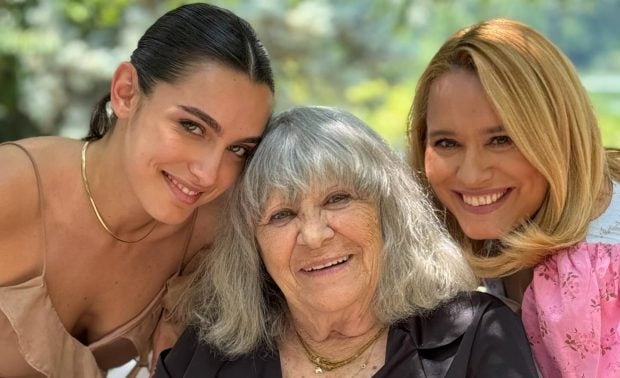A survivor of Mao’s Cultural Revolution says she is experiencing post-traumatic stress witnessing history repeat itself on college campuses as “Marxist hordes” have taken over in anti-American and anti-Israel demonstrations.
In an interview with Fox News Digital, Lily Tang Williams, who is currently running as a Republican candidate for Congress in New Hampshire’s 2nd district, said she fears the country she left is coming back to haunt her again in the United States.
“I sometimes I get nervous, and I feel like I’m having a little bit of PTSD and like I can’t sleep well whenever I see the way they’re chanting, using drums and us[ing] slogans, [are] humiliating people and have a huge amount of young people…chanting ‘Death to America,’ not just ‘Death to Israel.’ I just feel like, oh my goodness the… Red Guards are in action again,” she said.
The Red Guard was a massive student-led, paramilitary social movement in China that was mobilized by Chairman Mao Zedong in 1966.
Young people were one of the most effective tools Mao exploited to fuel his revolution, Tang Williams said. Most of the young people protesting on college campuses today are “naive” and therefore ripe for manipulation by bad faith actors, she added.
“I think that a lot of students who were protesting on college campuses [are]… confused… Because that’s what Mao said, the young people’s mind is a blank piece of paper, and you can draw the most beautiful pictures,” she said, adding that she thinks they are “naive and easily manipulated… [for] revolution”
COLLEGE GIRL PELTED WITH OBJECTS BY ANTI-ISRAEL PROTESTERS FOR STANDING UP FOR US FLAG SPEAKS OUT
Tang Williams was born in China’s western Sichuan province on the cusp of Mao’s deadly terror campaign – the Cultural Revolution. She experienced extremely poor living conditions, food rationing, social chaos and communist indoctrination.
She came to America in 1988 to study at a graduate school, but it took 20 years over the course of her journey in America to rid herself of all the communist propaganda.
The Chinese Cultural Revolution was a political purge and persecution of millions of suspected anti-revolutionaries orchestrated by Mao, who was the chairman of the People’s Republic of China from 1949 to 1976. The violent movement vehemently opposed the “Four Olds:” Old Ideas, Old Culture, Old Customs, and Old Habits, and featured the destruction of cultural artifacts.
Tang Williams drew a parallel between the Chinese revolution that was based on class and what she believes is a neo-Marxist Cultural Revolution that is based on identity groups molded together into a coalition on an oppression matrix, with Palestinians considered an oppressed group.
“It’s traditional Marxism. It’s oppressor versus oppressed. Doesn’t matter how many subcategories you put under each category,” she said. “And it’s this movement’s agenda. It’s well-funded. And students on college campuses are leading the way.”
ILHAN OMAR’S DAUGHTER SUSPENDED FROM COLLEGE AMID ANTI-ISRAEL ACTIVISM
“They’re using this international conflict, chanting… ‘from the river to the sea’ before Israel even had the chance to launch the defense and go after Hamas. So [the protesters] are the ones who first called for the… genocide of Israel when they were [protesting right after Oct. 7],” Tang Williams added.
Mao’s Great Leap Forward, an economic policy, led to the deaths of up to 45 million people. Adhering to communist ideals, the state seized control of production. Private farmland was confiscated and food distribution was placed under the purview of the government. As a result, the Chinese people died from starvation, forced labor, suicide and torture.
The Five Black Categories of oppressors included right-wingers, rich farmers, landlords, counter-revolutionaries and bad influencers. On the other side were the Red Categories, the poor, working-class, Revolutionary guards and active members of the Chinese Communist Party.





